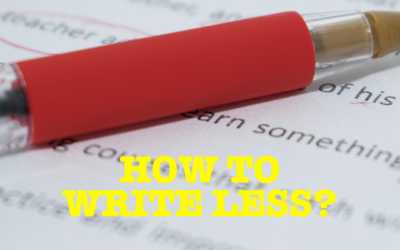
What to recommend to senior leaders and Boards?
Do you wonder what to write those boxes in the admin section of your senior paper or presentation?
There will be the basics like date, author, paper type, attachments etc.
Buried in the middle of this list will be one that says ‘Recommendation'.
I'd like to help you deliver valuable insight right from the get go rather than following administrative protocol for its own sake. Here is what not to do and a better alternative.
Don't say nothing …
Don't repeat what's in the ‘paper type' box that asks whether it is a paper to offer a recommendation, stimulate a discussion or for noting.
An example would be to say:
This only leaves them asking … but what is in the report? What does it say?
Offer insight right from the get go …
Your audience is hungry to know what you think. They want to know your insights.
Here is an example:
This approach addresses the formality by explaining that the paper be noted – and adds value by explaining what in particular they are noting.
To get more ideas on how to better engage senior leaders and Boards, join the Clarity Hub. It's low on cost but big on resources, all designed to help you lift the quality of your communication and board papers. Learn more here >>
I hope that helps. More soon.
Davina
PS – You might also like to check out my Board Paper Bootcamp. I will be offering one cohorts several times a year, suitable for a range of timezones.
RELATED POSTS












